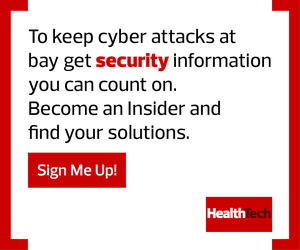Cybersecurity Risks Are Common in Senior Living Communities
Most senior care residences understand the need for protection. After all, they’re required to follow HIPAA protocols to protect sensitive health information — a duty that can incur costly fines if that data is exposed or poached.
Sill, “providers in the aging services sector are, by some assessments, less prepared in this area than their acute-care counterparts,” Majd Alwan, director of the LeadingAge Center for Aging Services Technology (CAST), told McKnight’s Long-Term Care News. “So, understanding the issues, identifying vulnerabilities and taking actions as necessary to mitigate risk and avoid being a victim is crucial.”
Moreover, senior care communities are increasingly among the healthcare providers favored by hackers in search of vulnerable targets during the pandemic, panelists at a HIMSS webinar noted this summer.
These risks come in many forms. It could be a spam link in an innocent sounding email, an entry point via outdated software, a lost or stolen device, or a scammer posing as a friendly face on social media. The growing use of smart speakers in senior living introduces new risks, including issues of HIPAA compliance.
Staffwide cybersecurity training is important for all healthcare workers. In the case of senior care, however, it’s essential to educate the older adults accessing a building’s network and using devices that may be less familiar to them.
That audience is growing: Nearly 3 in 4 adults age 65 or older now use the internet, and their screen time has risen in the past decade, the Pew Research Center finds.
The FBI offers tips for older adults to stay safe while online. Among them:
- Do not communicate with or open email attachments from an unfamiliar source
- Never giver personally identifiable information or money to unverified parties
- Disconnect from the internet and shut down the device if you see a pop-up message or locked screen (a pop-up blocker can be enabled)
- Avoid the pressure to respond to offers that seem urgent or fear-based
- Keep anti-virus and security software and malware protections up to date
“Security is not a one-person program, it is a culture,” Meridith McGinnis, the IT director and security officer at Concordia Lutheran Ministries, told HealthTech.













